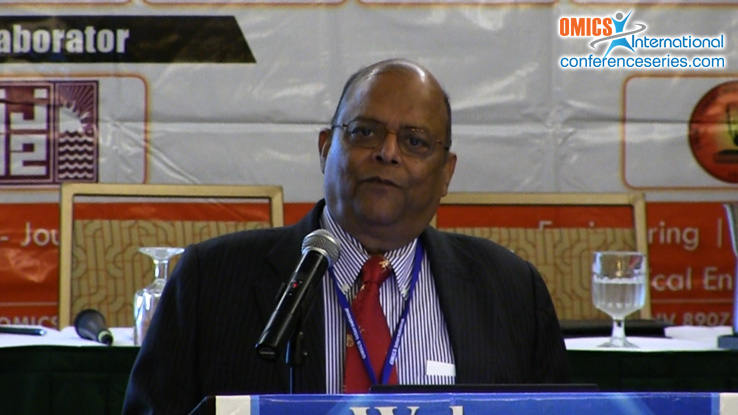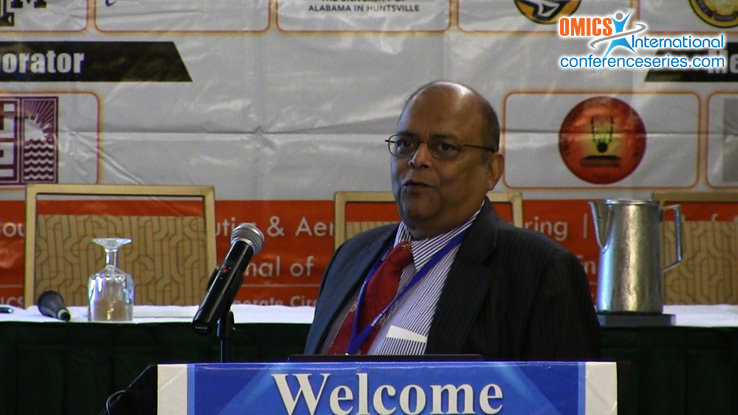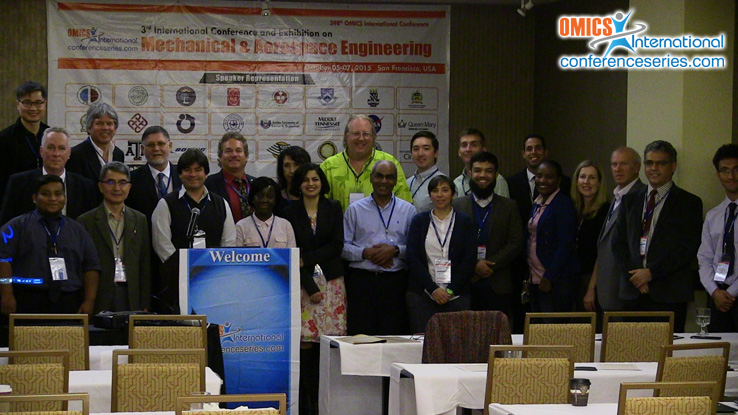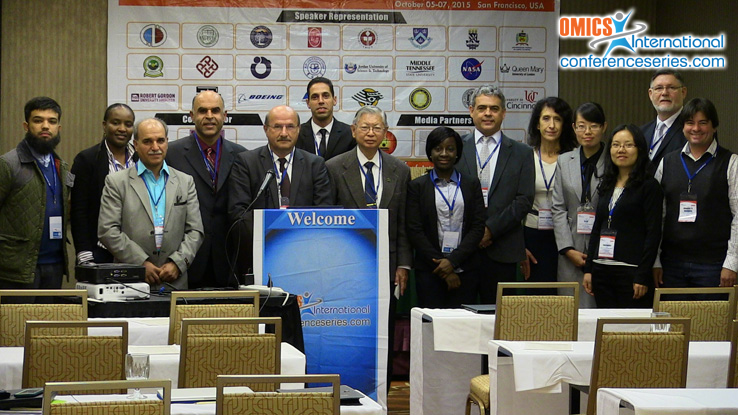
Ramesh K. Agarwal
Washington University in St. Louis
USA
Title: Shape optimization of axisymmetric bodies in hypersonic reactive flow for minimizing drag and heat transfer
Biography
Biography: Ramesh K. Agarwal
Abstract
A large design concern for high-speed vehicles such as next generation launch vehicles or reusable space vehicles is the drag and heat transfer experienced at hypersonic velocities. In this paper, the optimized shapes for minimum drag and heat transfer for axisymmetric bodies are developed using computational fluid dynamics (CFD) software in conjunction with a multi-objective genetic algorithm. For flow field calculations, the commercial flow solver ANSYS FLUENT is employed to solve the unsteady compressible Reynolds Averaged Navier-Stokes (RANS) equations using several turbulence models, namely the Spalart-Allmaras (SA) model, the SST k-ω model and the transitional flow model k-kl-ϵ. The results from these models are compared to determine their accuracy for drag and heat transfer predictions. The hypersonic body shapes are optimized for minimum drag and heat transfer using a multi-objective genetic algorithm. Both cases with air in equilibrium and thermochemical non-equilibrium are considered. For air in thermochemical non-equilibrium, a seven species (N, O, N2, O2, NO, NO+ and e-)chemical reaction model is considered. The shape optimization results for a blunt body with a spherical nose are presented.Nearly 25~30% reduction in drag and 18~20% reduction in heat transfer is obtained for the optimized shape compared to the original shape; slight variationsin reduction in drag and heat transfer are due to the fact whether the air is in equilibrium or in non-equilibrium.
Speaker Presentations
Speaker PDFs
Speaker PPTs Click Here




